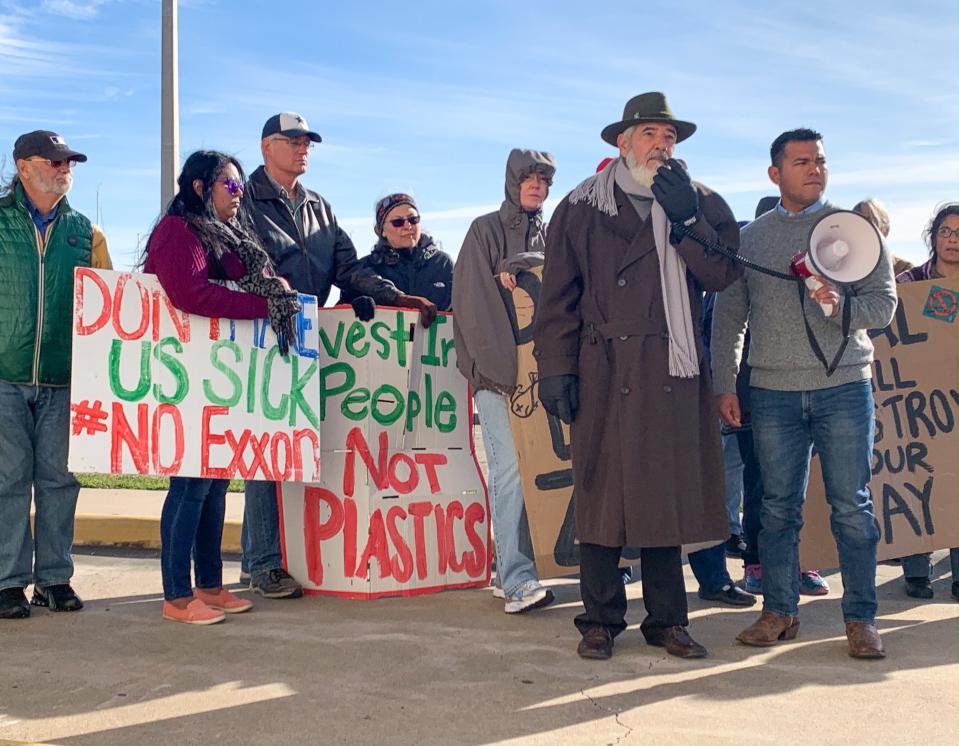Opinion: City officials' fixation on Corpus Christi Bay desalination detrimental to public
At the Corpus Christi City Council meeting on Tuesday, July 19, city staff reported that it is likely Phase 2 drought restrictions will go into effect earlier than anticipated. The City Council whined about it. The TCEQ was not acting quickly enough; the TCEQ favored the Port more than the city; those who opposed the permits needed to understand the city has an obligation to 500,000 people!

Well, let’s remind them on March 24, 2017, the city committed 20 MGD (million gallons per day) to Exxon and, on December 21, 2018, the city committed 6 MGD to Steel Dynamics. That was all of the new water that started flowing from the Mary Rhodes II pipeline in August 2016, water originally intended as a safeguard in times of drought.
More:Here are the main takeaways of Corpus Christi's 2022 State of the City
Let’s also remind them well over two years ago they received presentations on alternatives that included the ready availability of groundwater from the Evangeline/Laguna segment of the Gulf Coast Aquifer. Twenty-five MGD would be available for the city within 18 to 24 months. That water would be flowing now. Fixated on bay desalination, they blew it off.
Finally, let’s remind them in October 2018, they exempted large volume industrial users from Stages 1, 2, and 3 of drought restrictions. For a small fee, these industrial users would only have to curtail use when the city declares a Stage 4 emergency. The five major industrial users in Nueces County use a total of 10,154,878,548 gallons of water per year, or 27.8 MGD. Exxon and SDI top the list in San Patricio County. So, just those seven industries use 53.8 million gallons every single day of the year! Oh, and how much does the city project they will receive from these multi-billion-dollar corporations after they pay that small fee for four years? A whopping $13 million; ostensibly to be used for a facility that is projected to cost $211 million but, like every other capital improvement project, will likely cost much more by the time it is built.
Now they complain, “We need an immediate fix! We can’t wait for groundwater now!” TCEQ needs to act. Fortunately, one councilman pointed out that, even if the TCEQ permits were granted today, it would be five to seven years before the first drop of water would flow from desal. And, with the EDC saying there are nine new petrochemical facilities waiting to come here, if they build those desals, who do YOU think will receive the first drops of new water?
The city’s fixation on desal in our bays has blinded them to real solutions that would benefit the 500,000 people relying on them to manage our water supply. So, we will suffer the consequences of their actions now and the bay will suffer if that fixation becomes a reality.
Errol Summerlin is a 38-year Portland resident and co-founder of CAPE, the Coastal Alliance to Protect our Environment.
This article originally appeared on Corpus Christi Caller Times: City officials' fixation on Corpus Christi Bay desalination detrimental to public

